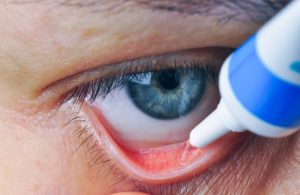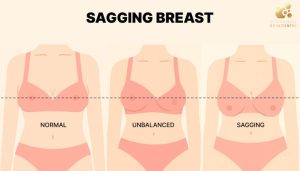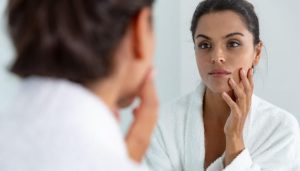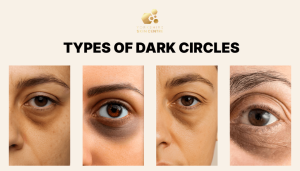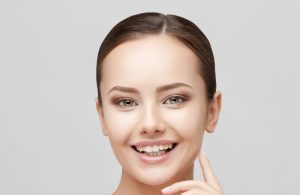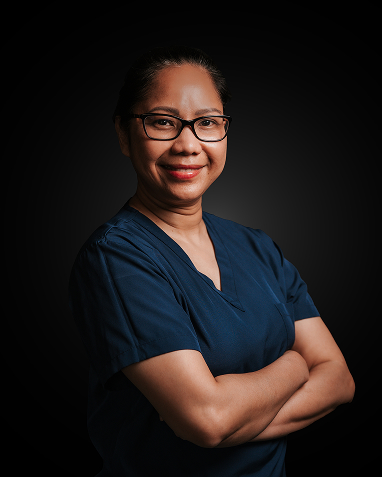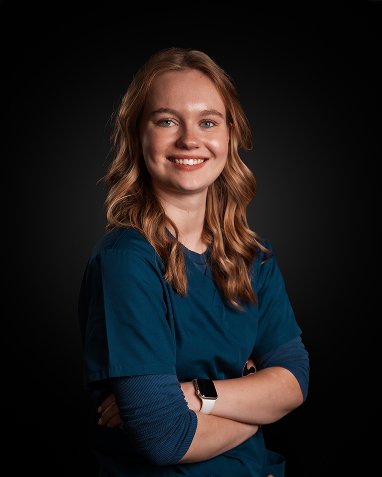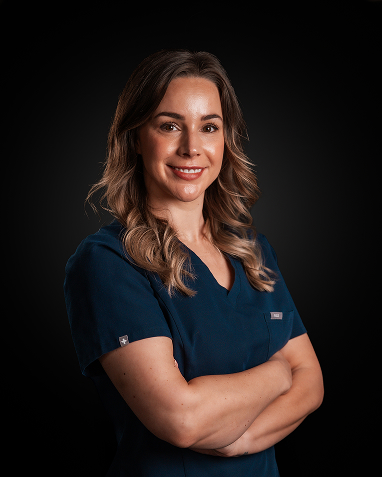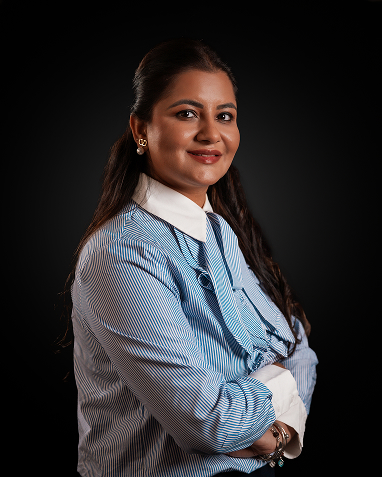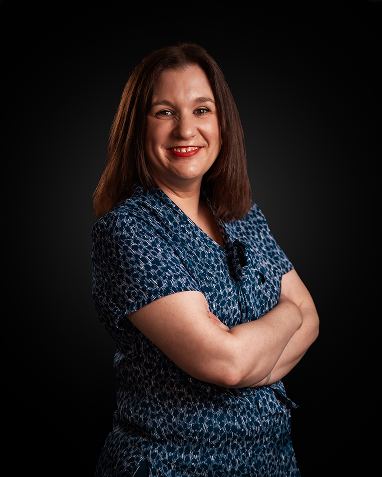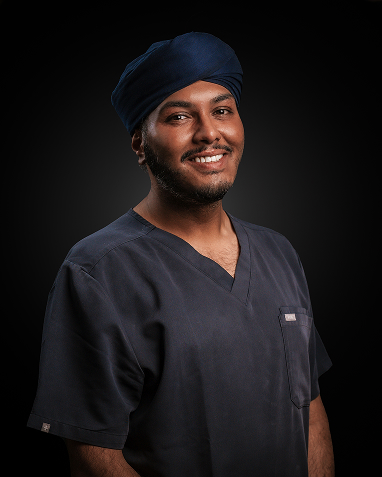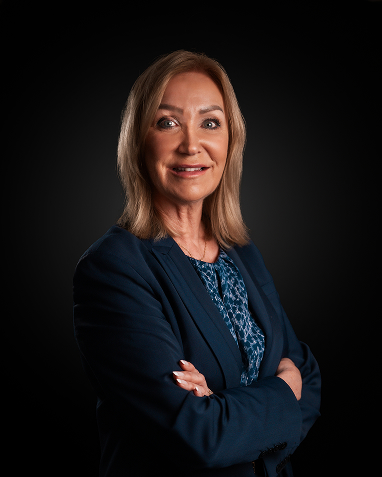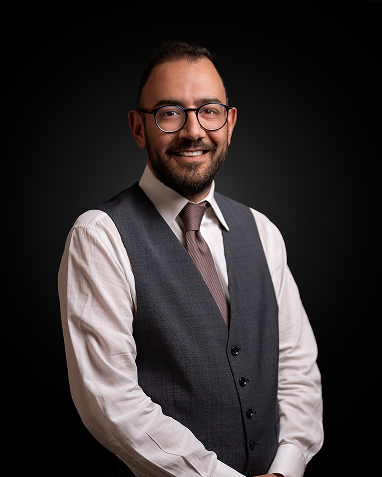Nasolabial folds are also known as smile lines because they are more apparent when you smile or laugh. These lines are normal with increasing age, but some people may have deeper lines before they age, making them bothersome.
Smiling and laughing makes life cheer, but if the presence of their lines bothers you, you are not alone. Many people look out for prevention and treatments. However, knowing their cause and their appearance is also a common concern.
Let’s explore the causes of nasolabial folds and the available preventions and treatments.
What Are Nasolabial Folds?
Nasolabial folds are two creases/folds that run from each side of the nose to the corner of your mouth. They are also commonly referred to as laugh or smile lines.
These folds are a normal part of human anatomy and become more prominent with age due to several factors. They start as subtle lines that are visible when you smile or laugh. Over time, these lines can deepen and become permanent, visible even when the face rests.
What Causes Nasolabial Lines?
The causes of nasolabial folds include the following:
1. Increasing Age
The primary cause is the natural ageing process. As we age, collagen and elastin decrease, and the skin loses structure, making the folds more noticeable.
2. Sun Damage
Long-term exposure to UV rays accelerates the skin’s ageing and breaks down collagen fibres, which can deepen these lines.
3. Genetics
Your genetic makeup also influences the appearance of these lines. You’re also prone to have them if your parents or siblings have them.
4. Facial Expressions
Repeated facial movements and expressions can cause the skin to fold and crease, leading to more prominent lines over time.
5. Weight Changes
Significant weight loss can cause sagging skin, while weight gain can add volume to the cheeks, making the folds more pronounced.

Ready to achieve your aesthetic goals?
- CQC-Registered Clinic with Nationally Recognised Leadership
- Over a Decade of Surgical & Aesthetic Expertise
- Personalised treatment plans tailored to your needs
6. Smoking
Smoking accelerates skin ageing by reducing blood flow and depleting essential nutrients.
Tips To Prevent Nasolabial Lines
Now that you know the causes, let’s discover tips for preventing the formation of creases from your nose to your mouth.
1. Use SPF Daily
Applying a broad-spectrum sunscreen daily protects your skin from harmful UV rays. It prevents faster skin ageing.
2. Follow a Consistent Skincare Routine

Maintain your skincare routine. Use retinoids, vitamin C, and hyaluronic acid products to promote cell turnover, moisturise, increase collagen production, and protect against damage.
3. Perform Facial Exercises
Regularly perform facial exercises targeting the muscles around the mouth and cheeks. Cheek lifts and lip puckers are exercises to look younger and prevent these lines. Exercise strengthens facial muscles and can reduce the appearance of nasolabial folds.
4. Keep Yourself Hydrated
Drink eight glasses of water daily to maintain hydration. Hydrated skin is flexible, and deep lines are less likely to form.
5. Eat Healthy
Eat a diet rich in fruits, vegetables, lean proteins, and healthy fats. Berries and leafy greens are high in antioxidants, which help protect the skin from damage.
6. Sleep On Your Back
Use a supportive pillow that eases back sleeping to minimise pressure on your face. This can help gravity work against laugh lines. Switching sides regularly to avoid deepening lines can also help if you’re a side sleeper.
7. Say No To Smoking
Quitting smoking improves overall health. It also gives your skin enough blood supply and essential nutrients and slows skin ageing.
8. Stay In Touch With Your Skin Doctor
Schedule annual check-ups with a dermatologist to discuss your skincare routine and address any concerns early. Professional advice helps you maintain good skin health and prevent premature ageing.
All these tips can prevent premature ageing and help your skin look young. However, if your nasolabial folds are deep and you want quick fixes, you may consider professional treatments.
Nasolabial Fold Treatment
Professional treatment can help your nasolabial folds disappear quickly and for longer. You may consider the following surgical and non-surgical treatments:
Non-surgical Options To Remove Nasolabial Folds

Common fillers include hyaluronic acid (Juvederm, Restylane), calcium hydroxylapatite (Radiesse), and poly-L-lactic acid (Sculptra). Nasolabial fold fillers add volume beneath the skin and smooth out wrinkles and folds. They typically involve a series of injections, and the effects can last from six months to two years, depending on the type of filler used.
Laser resurfacing uses a concentrated laser beam to improve skin health, texture and tone by increasing collagen production. You may need multiple sessions to get the optimal results. Laser treatment may cause temporary redness or swelling. Sunscreen use is crucial post-treatment
Topical treatments are often the first line of defence and include products with retinoids, hyaluronic acid, and vitamin C. Retinoids, derived from vitamin A, are known to promote cell turnover and boost collagen production, moisture and antioxidant effect, thereby reducing the appearance of fine lines and wrinkles.
Surgical Options For Nasolabial Folds
A facelift is an invasive surgery with a longer recovery period. However, it provides more dramatic and long-lasting results. It involves elevating, tightening, and fixing the underlying muscles and skin to reduce the appearance of nasolabial folds. There is a higher risk of complications than non-surgical options; however, the results can last many years.
Similar to a facelift, it carries surgical risks and requires downtime for recovery. It specifically targets the mid-face area to lift and reposition the cheeks, reducing nasolabial folds. It is an invasive surgery with a recovery period but offers significant and lasting improvement.
Nasolabial Folds Are Normal And Treatable.
They naturally develop with age. Factors like sun damage, genetics, facial expressions, weight changes, and smoking can deepen these lines. Preventative measures include using sunscreen, following a skincare routine, doing facial exercises, staying hydrated, eating well, sleeping on your back, and avoiding smoking.
Non-surgical options like dermal fillers in Leeds, laser resurfacing, and topical treatments can help achieve immediate results. Surgical options, such as facelifts and cheek lifts, provide more lasting effects. Discussing your concerns and desired outcomes with a professional can help.
Frequently Asked Questions About Nasolabial Fold
How to get rid of the nasolabial fold?
The quickest way to get rid of the nasolabial fold is dermal fillers. When injected under your skin, these fillers promote hydration, plump the skin by increasing volume, and reduce the appearance of the nasolabial folds.
At what age do you get nasolabial fold?
The age varies from person to person. In most cases, from age 25-35, a person may start noticing the appearance of the fine lines on the forehead, under the eyes and nasolabial folds ass swell.
Does weight loss reduce nasolabial folds?
Though there is no such evidence, many people report that healthy and gradual weight loss reduces the appearance of their nasolabial folds as their cheeks become fuller.
What skincare is suitable for nasolabial lines?
For nasolabial lines, follow a consistent skincare routine. Exfoliate gently twice a week, use a hydrating serum to plump your skin and always wear sunscreen on sunny and cloudy days.



